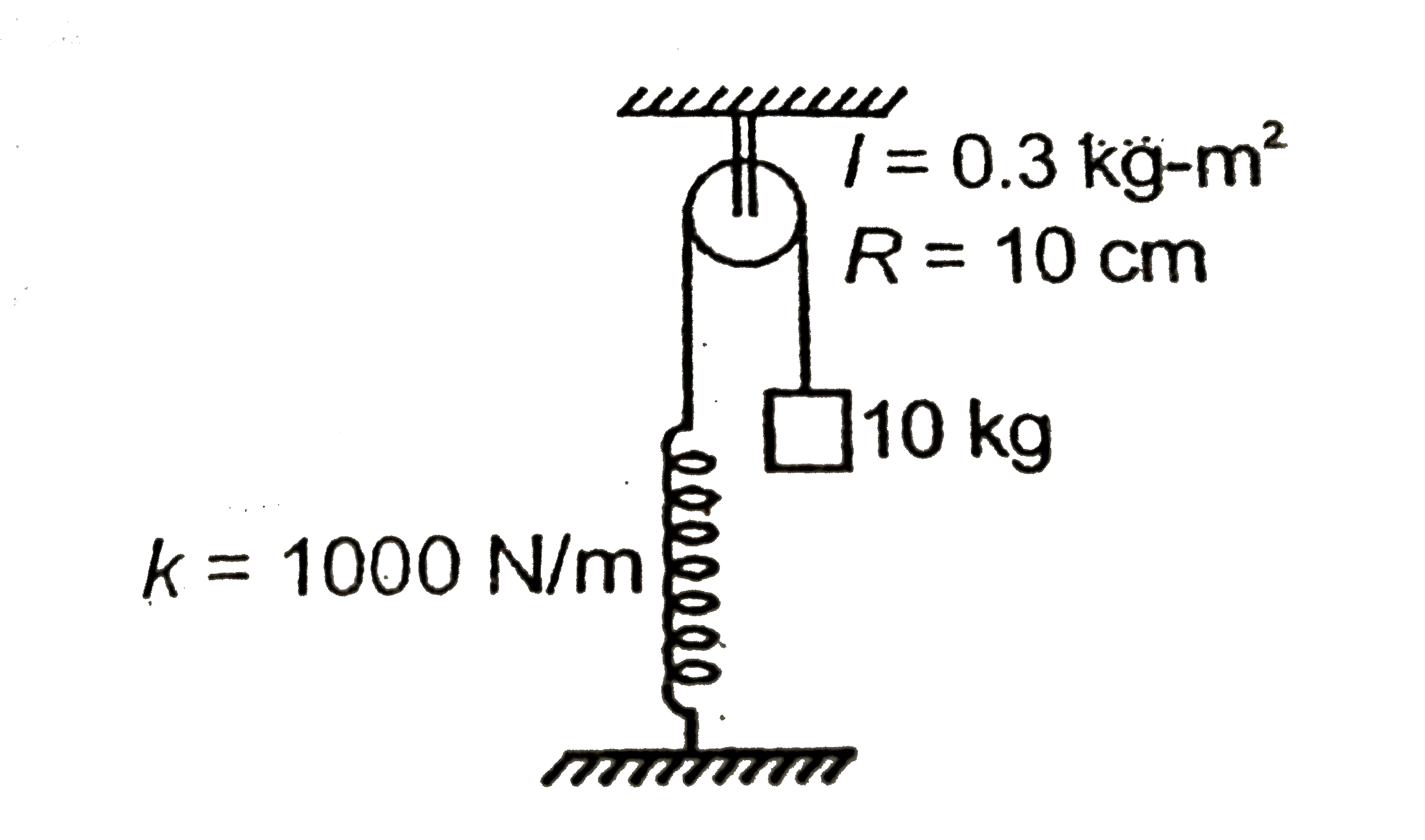The number of neutrons accompanying the formation of .54Xe139 and .38Sr94 from the absorption of a slow neutron by .92U235, followed by nuclear fission is
The correct Answer is:3
since the charge in mass is only due to the emmission of α-particle, we have
Number of α-particle emitted =234−2064=7
Now the associated decrease in atomic number would be 14(=2×7) and thus the atomic number of the daughter atom would be 76(=90−14). But the actual atomic number of lead is 82e. the atomic number is six more than expected. This is because of the emission β-particle. Since there is an increase of one in atomic number due to the emission of one β-particle, we have
Number of β-particles emitted =82−761=6
Hence, number of α-particles emitted =7 ltbr,. Number of β-particles emittes =6
Answer is 6+7=13
Topper's Solved these Questions
- BOOK - RESONANCE ENGLISHCHAPTER - NUCLEAR CHEMISTRYEXERCISE - PART -III :8videos
NUCLEAR CHEMISTRY
- BOOK - RESONANCE ENGLISHCHAPTER - NUCLEAR CHEMISTRYEXERCISE - PART-IV : COMPREHENSION13videos
NUCLEAR CHEMISTRY
- BOOK - RESONANCE ENGLISHCHAPTER - NUCLEAR CHEMISTRYEXERCISE - Exercise-291videos
NUCLEAR CHEMISTRY
- BOOK - RESONANCE ENGLISHCHAPTER - NITROGEN CONTAINING COMPOUNDSEXERCISE - ORGANIC CHEMISTRY(Nitrogen containing Compounds)30videos
NITROGEN CONTAINING COMPOUNDS
- BOOK - RESONANCE ENGLISHCHAPTER - P BLOCK ELEMENTSEXERCISE - PART -II23videos
P BLOCK ELEMENTS
Similar Questions
In the given arrangement the block is released from the position where the spring is unstretched. The speed of the block when it has descended through 2cm is x10. Find the value of x.
 View Solution
View Solution92U235 nucleus absorbes a neutron and disintegrate into 54Xe139,38Sr94, and x neutrons x is
View SolutionCalculate the number of neutrons emitted when .92U235 undergoes controlled nuclear fission to .54Xe142 and .38Sr90.
View SolutionName the reaction which takes place when a slow neutron beam strikes .23592U nuclei. Write the nuclear reaction involved.
View SolutionThe compound unstabel nucleus .23692U often decays in accordance with the following reaction
.23692U→.14054Xe+.9438Sr + other particles
During the reaction, the uranium nucleus ''fissions'' (splits) into the two smaller nuceli have higher nuclear binding energy per nucleon (although the lighter nuclei have lower total nuclear binding energies, because they contain fewer nucleons).
Inside a nucleus, the nucleons (protonsa and neutrons)attract each other with a ''strong nuclear'' force. All neutrons exert approxiamtely the same strong nuclear force on each other. This force holds the nuclear are very close together at intranuclear distances.
Which of the following graphs might represent the relationship between atomic number (i.e., ''atomic weight'') and the total binding energy of the nucleus, for nuclei heavier than .9438Sr ?View SolutionThe compound unstabel nucleus .23692U often decays in accordance with the following reaction
.23692U→.14054Xe+.9438Sr + other particles
During the reaction, the uranium nucleus ''fissions'' (splits) into the two smaller nuceli have higher nuclear binding energy per nucleon (although the lighter nuclei have lower total nuclear binding energies, because they contain fewer nucleons).
Inside a nucleus, the nucleons (protonsa and neutrons)attract each other with a ''strong nuclear'' force. All neutrons exert approxiamtely the same strong nuclear force on each other. This force holds the nuclear are very close together at intranuclear distances.
A proton and a neutron are both shot at 100ms−1 toward a .126C nucleus. Which particle, if either, is more likely to be absorbed by the nucleus?View SolutionThe compound unstabel nucleus .23692U often decays in accordance with the following reaction
_(92)236U→.14054Xe+9438Sr+ other particles
During the reaction, the uranium nucleus ''fissions'' (splits) into the two smaller nuceli have higher nuclear binding energy per nucleon (although the lighter nuclei have lower total nuclear binding energies, because they contain fewer nucleons).
Inside a nucleus, the nucleons (protonsa and neutrons)attract each other with a ''strong nuclear'' force. All neutrons exert approxiamtely the same strong nuclear force on each other. This force holds the nuclear are very close together at intranuclear distances.
In the nuclear reaction presented above, the ''other particles'' might be .View SolutionThe compound unstabel nucleus .23692U often decays in accordance with the following reaction
.23692U→.14054Xe+.9438Sr + other particles
During the reaction, the uranium nucleus ''fissions'' (splits) into the two smaller nuceli have higher nuclear binding energy per nucleon (although the lighter nuclei have lower total nuclear binding energies, because they contain fewer nucleons).
Inside a nucleus, the nucleons (protons and neutrons)attract each other with a ''strong nuclear'' force. All neutrons exert approxiamtely the same strong nuclear force on each other. This force holds the nuclear are very close together at intranuclear distances.
Why is a .42He nucleus more stable than a .43Li nucleus?View SolutionCalculate the number of neutrons in the remaining atoms after the emission of an alpha particle from .92U238 atom.
View SolutionTwo other possible ways by which .235U can undergo fission when bombarded with a neutron are (1) by the release of .140Xe and .94Sr as fission fragments and (2) by the release of .132Sn and .101Mo as fission fragments. In each case, neutrons are also released. Find the number of neutrons released in each of these events.
View Solution

